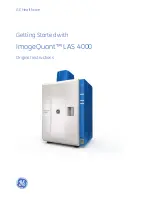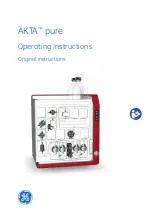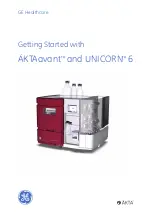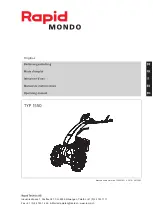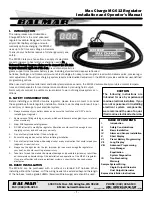
4.Advanced User Guidebook
82
Do Self Cal (Self-Calibration)
The self-calibration procedure can improve the accuracy of the oscilloscope
under the ambient temperature to the greatest extent. If the change of the
ambient temperature is up to or exceeds 5
℃
, the self-calibration procedure
should be executed to obtain the highest level of accuracy.
Before executing the self-calibration procedure, disconnect all probes or
wires from the input connector. Push the
Utility
button, select
Function
in
the bottom menu, the function menu will display at the left, select
Adjust
. If
everything is ready, select
Self Cal
in the bottom menu to enter the
self-calibration procedure of the instrument.
Probe checking
To check whether probe attenuation is good. The results contain three
circumstances: Overflow compensation, Good compensation, Inadequate
compensation. According to the checking result, users can adjust probe
attenuation to the best. Operation steps are as follows:
1. Connect the probe to CH1, adjust the probe attenuation to the maximum.
2. Push the
Utility
button, select
Function
in the bottom menu, select
Adjust
in the left menu.
3. Select
ProbeCh.
in the bottom menu, tips about probe checking shows on
the screen.
4. Select
ProbeCh.
again to begin probe checking and the checking result
will occur after 3s; push any other key to quit.
●
Pass/Fail
The
Pass/Fail
function monitors changes of signals and output pass or fail
signals by comparing the input signal that is within the pre-defined mask.
Push the
Utility
button, select
Function
in the bottom menu, select
Pass/fail
in the left menu.
Function
Menu
Setting
Description
operate
Enable
Operate
Control enable switch
Control operate switch
Output
Stop
ON
OFF
hen turned on, stop once the set rules are
met
Info
ON
OFF
Turn on/off display information
Beep
ON
OFF
When turned on, beep once the set rules are
met
Type
Pass
Fail
The measured signal conforms to the set
type, and the corresponding output is
generated































